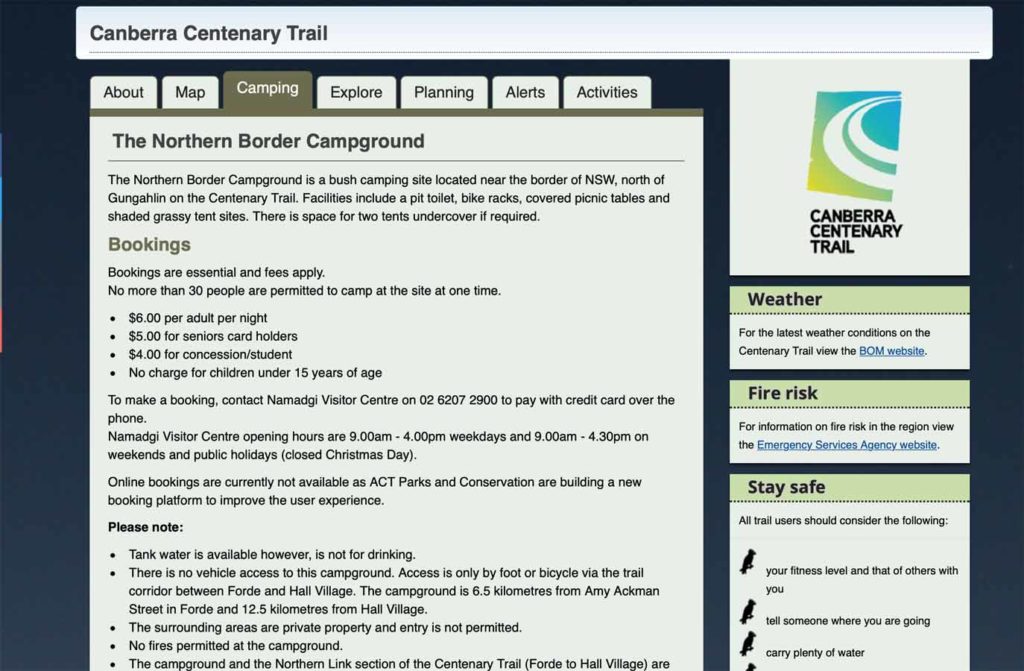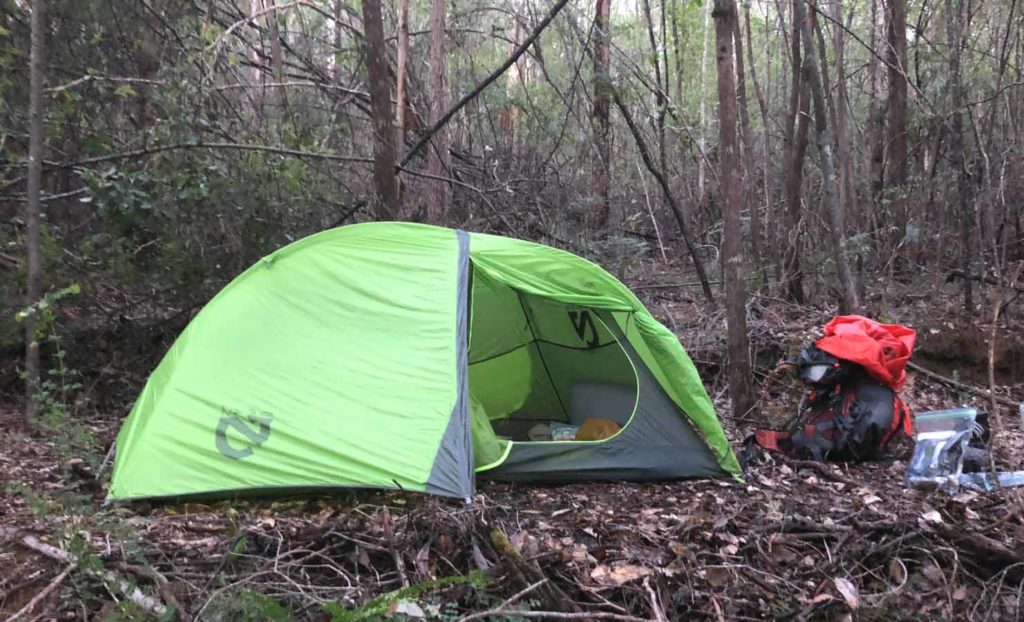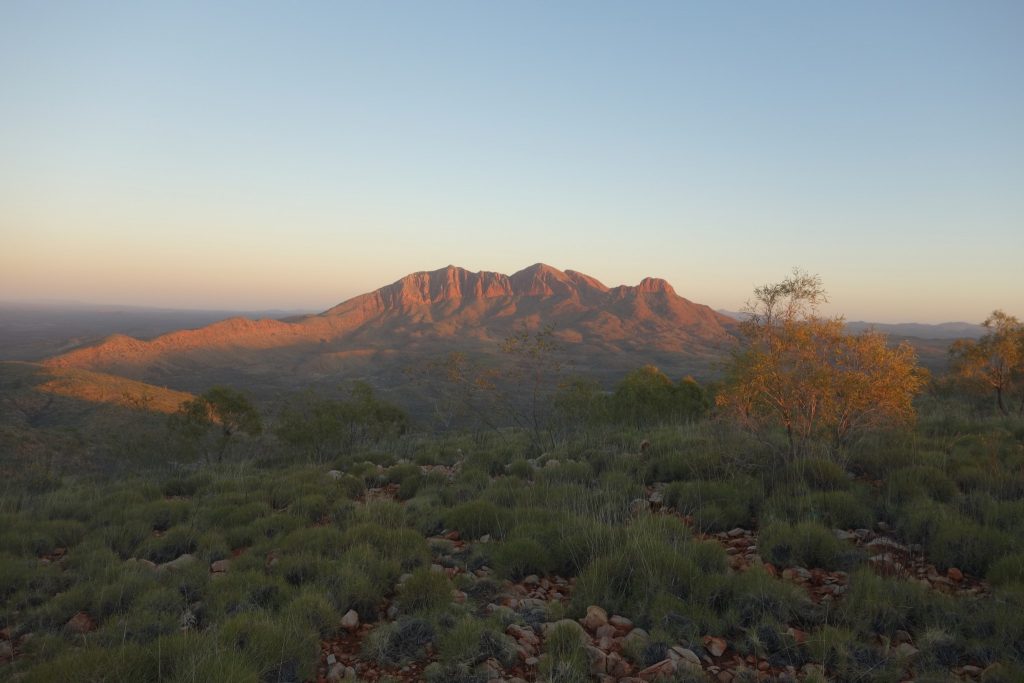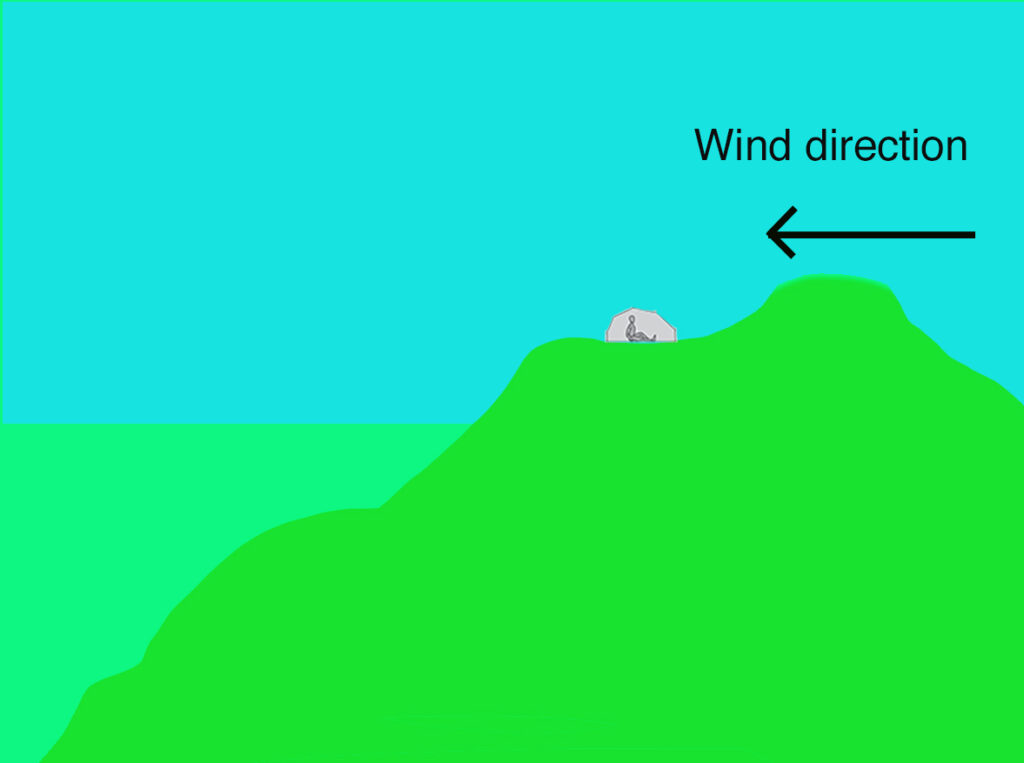Choosing a camping site
Hiking practice
I have memories of camping dating back over 40 years and in many cases these memories were positive ones that consisted of some amazing experiences shared with friends and family. On the other end of the scale there were also trips where things went horribly wrong such as the time I set my hand on fire with methylated spirits while starting a fire as a newly minted teenager; thankfully that incident didn’t leave any permanent damage. In the not so extreme category are the memories of choosing bad sites to camp. Sites that ended up being waterlogged after a night of rain, sites where we woke up covered in very fine red central Australian dust (inside the tent) are all mistakes that we could have avoided. This is something that in most cases once you have a level of experience is something within your control.
In this article we discuss how to choose a site to pitch your tent including what to avoid to make your nights sleep safe, comfortable and enjoyable.
1. Book ahead
So you’ve decided to go camping. You’ve chosen an overnight/multi-day/multi-week walk to do and you’re off. Before you go work out if there are any track fees to pay.
One of my favourite quick trips in the Canberra region is to the Northern Campground. It’s only a shortish walk at 3.1 km each way to a well appointed campground with a sheltered eating area, sheltered area to erect your tent and a pit toilet. I’m sure I’m probably the only person who pays the camping fee at this site but at $6.65/night per person (20/1/24) it’s pretty cheap.
The idea of fee paying sites is to pay for the upkeep and facilities e.g. toilet paper among other things. The other reason for site fees is to limit the number of people using the site so that it doesn’t become overcrowded and over-camped.
Longer distance trips such as the Overland Track or the Three Capes Track, both of which are in Tasmania, also have a track fee and again this is aimed at partially covering the costs to maintain the infrastructure as well as limiting the number of trail users so that everyone gets a good experience.

2. Trail rules
Australian states, and for that matter overseas countries, have varying rules on camping. The Hume and Hovell Track has 17 campsites to provide a bit of creature comfort for walkers but you are allowed to camp between sites in most cases. So if you don’t reach a campsite you can camp as long as you are off private land. On the other hand, tracks like the Bibbulmun Track in Western Australia limit camping to one of the many huts along the trail.
Do your research and plan before you do your trip so you know what you are and aren’t allowed to do.

Camping in between designated campsites. Check to see if you are allowed to do this
3. Distances between campsites
On multi-day/multi-week hikes you will need t0 consider how far you are able/want to walk in a day so you can get a general idea of where you are likely to be camping. Read the trail guides or websites on your planned trips and gauge where you want to camp. In 2016 we did the Larapinta Trail in the Northern Territory and there were two specific campsites we wanted to stay at to get great views (one of which ended up being the front page of our website). What this meant was that we planned the rest of the trip around these two sites.

Mt Sonder on the Larapinta Trail at dawn. We deliberately camped at ‘Hilltop lookout’ on the Larapinta Trail with the expectation of a good photo and we definitely got that
4. Set up camp during daylight
This is by no means a hard and fast rule but everything is easier during the daylight. As much camping as I have done, I still prefer to get into camp, set up my tent and sleeping gear and have dinner before it gets dark. Once you are familiar with your kit and this whole camping thing becomes second nature, setting up when its dark could be something to consider.
5. Look up
Many of you may have heard the term widow maker. This relates to trees, usually with dead branches (but not always dead branches) that fall on hikers. I will always avoid camping underneath trees branches, dead or alive, whenever I can. I can still remember a hike we did about 5 years ago in the Brindabella Mountains on the outskirts of Canberra. We ended up with high winds and heavy rains and all night we were woken up by the sound of trees and branches falling nearby.
Always look up and check the condition of the surrounding vegetation. If in doubt or if you aren’t sure, avoid camping under trees.
Another consideration in looking up is the direction of sunrise and sunset. Having the sun hit the tent in the early morning will dry out the condensation as well as waking you up in a natural way.

Tree-fall in the Bimberi Wilderness. Big winds and strong rains will bring down large trees in this area so don’t be tempted to camp around the trees in this area of the Australian Alps
6. Look down
This consideration covers a multitude of sins:
- Are you about to put your tent on top of an animal hole?
- Is the ground fairly flat?
- A very slight slop is fine and if that’s the only choice you have ensure the high point is at your head
- Having the slope across your tent will mean you and you partner are going will slide into each other all night
- Sleeping uphill with your head down is likely to give you a headache
- What’s going to happen if it rains?
- Will the site you have chosen fill up with water if it rains?

While it’s hard to tell from this photo, there is just enough slope on this tent that meant Gill kept sliding into me during the night. It shows how little slope becomes annoying
7. Camping near water
Camping near a water source is a good thing to meet your needs but ideally you want to set up your campsite around 60+ metres from a water source so you don’t end up contaminating the water. The other thing you need to consider is what will happen if you are camping on a beach and the tide comes in – which it generally does!
Another big consideration is camping in dry river beds. In Australia as well as a number of other places around the world, a dry river bed can turn into a raging flood very quickly and often without notice. While the soft comfortable sand looks good, it is best to avoid camping in river beds.
8. Choose a site thats durable
In regard to sites for setting up tents, durability means that you aren’t going to destroy the natural environment with your tent. Choose already established sites, pay attention to what’s growing on your proposed site and what a tent with two people inside will do to the environment. Alpine vegetation in particular is very sensitive and will often take much longer to recover.
There’s a saying that applies here: ‘The best campsites are those that are found and not made’.
9. Shelter from the wind
Sometimes you will end up camping on an open grassy plain but if at all possible try to camp in an area sheltered from the wind. If you can’t avoid the wind set up your tent in a manner that will ensure your tent won’t blow away overnight. Present the smallest possible part of the tent into the prevailing wind to minimise the impact on the tent. This is not always possible when the wind is blowing all over the place but do the best you can.
If you know that wind is likely to be an issue, take a close look at your tent pegs and choose the right ones that will hold onto the ground in the best possible way.

Our two person tent on a campground on the Larapinta Trail. A good looking site but the dust was so fine it went everywhere. In hindsight we should have moved onto a sandier area nearby

If you have the choice camp on the ‘Military Crest’ just off the summit to get some wind protection
10. Camping in groups
Gill and I prefer to camp by ourselves most of the time but on those rare occasions we do go out with friends, having a bit of distance is a good thing. I snore when I’m tired but having said that I don’t like hearing other people snore either. I’m also an early riser and as quiet as I try to be, you just can’t help making noise when you start packing up.
A bit of privacy is a good thing on an overnight trip so allow space between you and other campers if the site allows.
Last words
When choosing a suitable site for your tent nothing beats hard earned experience. Having said that if you are new to this hiking and camping lark then what it really comes down to is judgement. Take a few minutes to look around, think about the slope, your impact on the environment and the environment’s impact on you.
And lastly, when you break camp in the morning you shouldn’t be able to tell you have been there and leave the site as you found it, pristine for the next person.